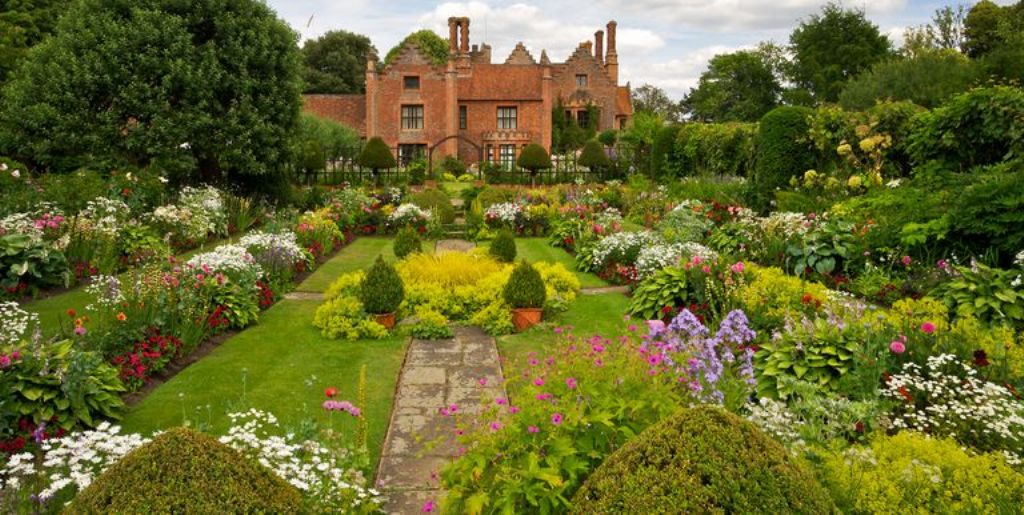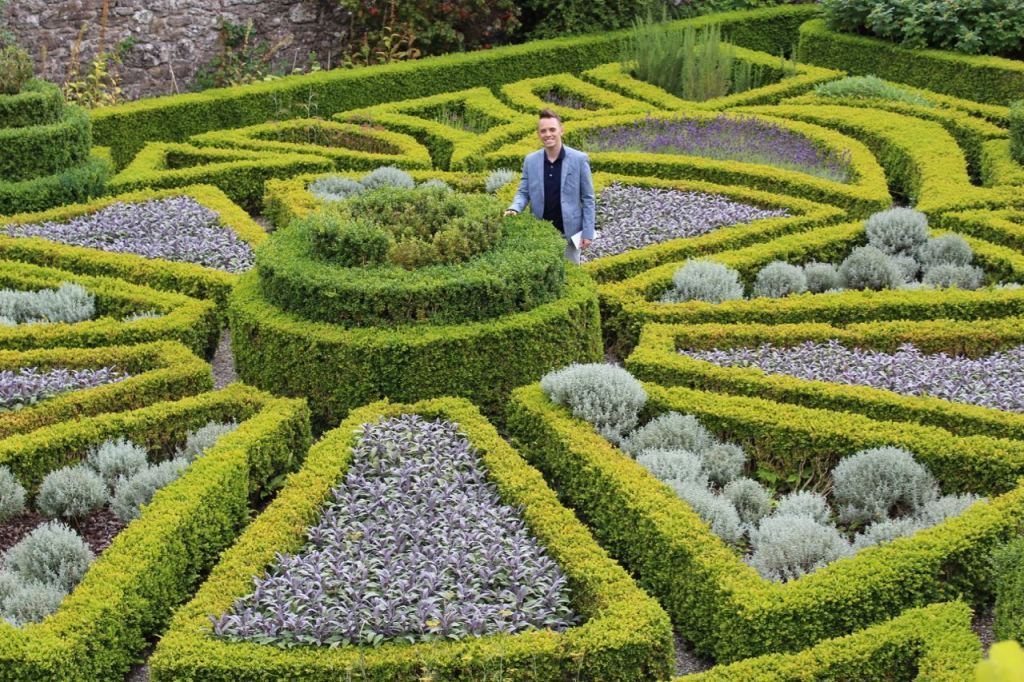You may have noticed your mom with a kind of a scissor thingy in the garden quiet more than often. If you already didn’t know what it was, the whole process of cutting/ trimming the flower trees is known as pruning. The process of pruning may look simple when viewed from the second person perspective, but when you have to actually do it, you realize it’s not as simple as it may appear.
In a funny way; pruning is analogous to mathematics. It all looks easy and logical when someone is doing it. But the moment you are left alone to do it for yourself, the whole world crumbles upon you. This is a childish comparison, but it does prove the point.
Pruning has mainly two components that make the difference between an amateur and a professional pruning. These components are
- Technique and
- Timing
Techniques

Without the right technique, it is impossible to prune. If you are cutting the branches without any techniques, it does more harm than good. In fact, without proper techniques, it doesn’t even qualify as “Pruning.” The whole process just becomes a mess, and you end up ugly looking flowers or trees. You might as well just get a machete and chop up all your flowers.
Some simple techniques to improve pruning can be as simple as using the right pruning tools or as complex as knowing exactly where and how to cut the branches. All the small details matter when it comes to developing the right technique of pruning.
-
Pruning to a BUD
The main purpose of pruning is to encourage better and stronger future growth. Pruning is a method where the process and the result contradict in the most antagonistic fashion. You are cutting a part of the tree and in return allow it to grow better. That is the irony of the pruning technique.
When you are cutting the branch close to the Bud, it is important to know where to cut. If you cut the branch too close to the BUD, it becomes a hard task for the tree to heal itself. Also, if you cut the branch too far away, it will lead to the branch dying back and in return damages the sprouting BUD. Make a clean and sharp cut just where the BUD and the branch meets for the best result.
-
10 0’Clock Pruning Angle
Just in case you are wondering what the relationship between a clock and Pruning is. It is vital to clarify that the 10 0’Clock angle refers to the hour and minute hand of the clock position (10 past 10 minutes to be precise). This is the ideal angle for pruning trees. A narrow V-shaped tree branch is the primary cause of splitting and also spread infections.
-
Prune the Buds in the Direction You Want Limbs to Grow
This is something that many people are unaware of, while pruning allows you to control the growth of the tree. It also allows you to control which direction you want your tree to grow. Every branch will have different buds pointed in all different directions. The most logical direction of growth would be away from the center of the tree (unless you are aiming for a zig-zag shaped tree). Make sure you cut above the bud that is faced outward in order to allow your tree to grow away from the center.
Timing

All the technique in the world isn’t going to matter if you cannot time the pruning process. It’s like; you know how to dress well, but all that fashion sense goes down the drain if you wear summer clothing during the winter season or vice-versa. You need to know when to wear appropriate clothes for the right season. The same thing goes for pruning; just because you know how to prune doesn’t mean you will prune trees throughout the year.
There are specific seasons and timings for gaining maximum advantages of pruning. If you incorporate the right techniques and timing, you will reap the most out of pruning trees.
- Most of the flowering plants or fruit trees are best suited for pruning when they are in their dormant state. For all you, gardening geniuses, “Dormant state” refers to the period of the tree/ plant when they have passed their full blooming time. In most flower plant or fruit tree cases, this period occurs from late winter to early spring season.
- There are some spring blooming trees and shrubs that start developing new buds in order to bloom. These trees take little to no time between the shedding period and the blooming period. So in that little window of opportunity that you get, you have to prune them or else you run into the risk of pruning inappropriately and destroying the new buds.
- There are also some types of plants/ trees that need regular maintenance throughout the year. This can be because of the development of dead branches or in many cases due to the sole carelessness of not maintaining your trees properly. Simple and basic requirements such as watering your flowers regularly can lead to this hazardous effect on your flowering trees.
Figuring out when to prune is not exactly rocket science. Basically, you need to notice which plants/ trees are blooming in which month and wait for them to bloom fully. Once they have stopped blooming, and the leaves begin to fall; that is your cue to know that it is time to start pruning.
It is, however, crucial to note that pruning at the wrong time does not necessarily mean it affects the tree in a fatal way. Often times pruning at the wrong time only means you will obtain fewer flowers or fruits. Other than that, pruning at the wrong time doesn’t affect your trees severely in the long run.
But this shouldn’t in any way encourage you to take pruning at the wrong time lightly. If you are pruning, you might as well do it the right way at the right time and reap its maximum benefits.








